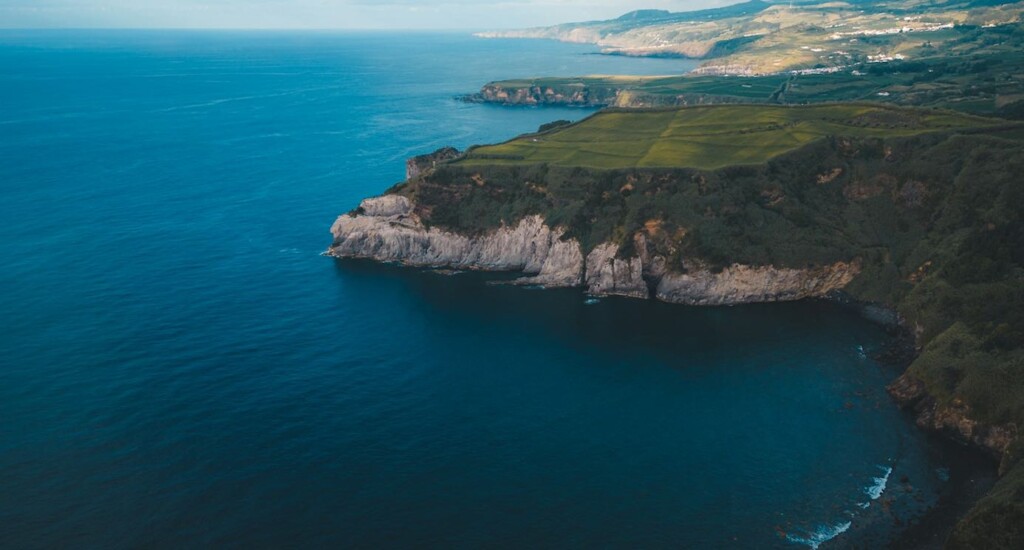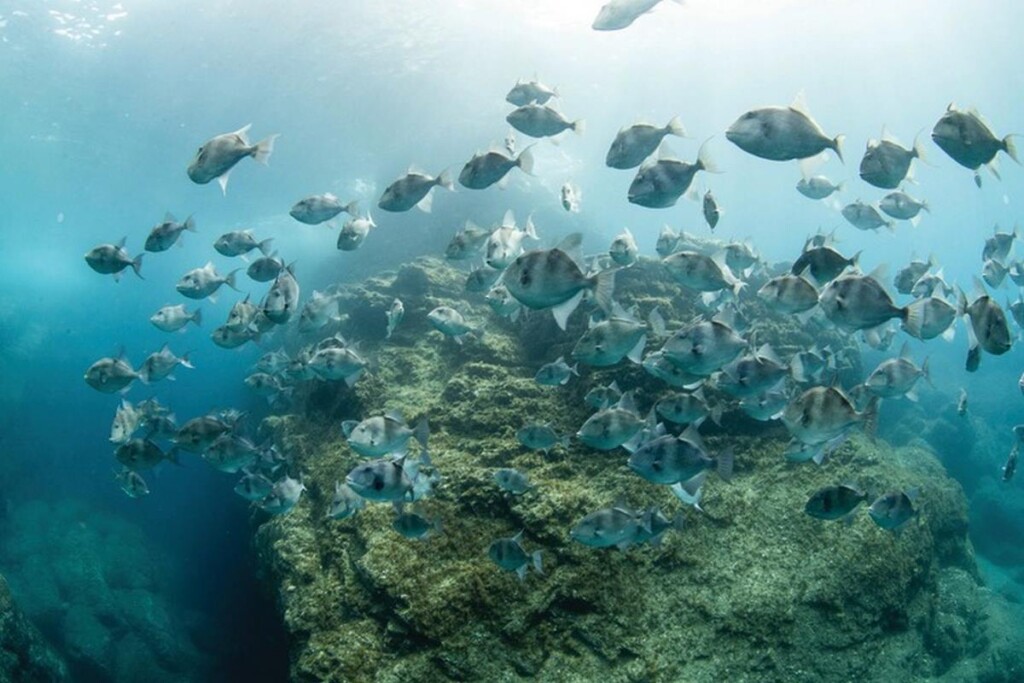The Azores Protects Whales and Corals with Marine Preserve as Big as Virginia and Georgia Combined

A massive new marine protected area (MPA) has been established in the eastern Atlantic off the coast of the Azores.
Covering 287,000 square kilometers of ocean makes it the largest MPA network in the North Atlantic—the size of Virginia and Georgia combined.
15% of Azorean waters are now designated as fully protected and 15% as highly protected, which means that fishing and other extractive activities will either be restricted or banned in the area.
The Azores, a chain of nine volcanic islands in the Atlantic Ocean that are part of Portugal, is surrounded by deep-sea corals, whales, dolphins, sharks, manta rays, fish, and unique hydrothermal vent ecosystems—much of which is now protected.
The decision of what and how much to protect came about through a thorough surveying expedition, informing a highly participatory process shepherded by the regional government.
The announcement comes as the world prepares for the UN Biodiversity Conference at the annual summit for the parties to the Paris Climate Agreement, known shorthand as the COP.
At the last summit, in 2022, the world agreed to protect 30% of land and ocean by 2030. Right now, only 8% of the ocean is protected in some way and less than 3% is fully or highly protected.

“As negotiators gather in Cali, Colombia, to assess the state of nature protection, the case of the Azores provides a model of ocean protection for the world to follow,” said Enric Sala, the founder of National Geographic Pristine Seas, who took part in the scientific exploration of the area now under protection.
CARING FOR OUR SEAS:
“What is so remarkable about the new protected area network is not only its massive size, but also the fact that so many local groups worked together to make it happen. Government officials, scientists, industry representatives, and local citizens banded together to devise a system of protection that works for everyone.”
In 2018, in partnership with the regional government, local scientists, the Waitt Institute, Oceano Azul Foundation, and other partners, Pristine Seas participated in scientific expeditions in the Azores to help identify priority areas for protection. Using high-tech tools like underwater cameras to assess coastal, open sea, and deep sea areas, the expeditions added new information about their biodiversity—as well as the impact of human activity.
“We witnessed that the marine ecosystems of the Azores are one of the most diverse and dynamic in the North Atlantic,” said Alan Friedlander, the chief scientist of Pristine Seas.
Also looking to impress in advance of COP16, the Brazilian state of Para recently created a protected area around some of the largest trees ever identified in the Amazon Rainforest, stretching 1.3 million acres, around the size of America’s Yosemite and Grand Tetons national parks put together.
SHARE This Amazing News With Your Friends Who Value Conservation…
>read more at © GoodNews
Views: 0